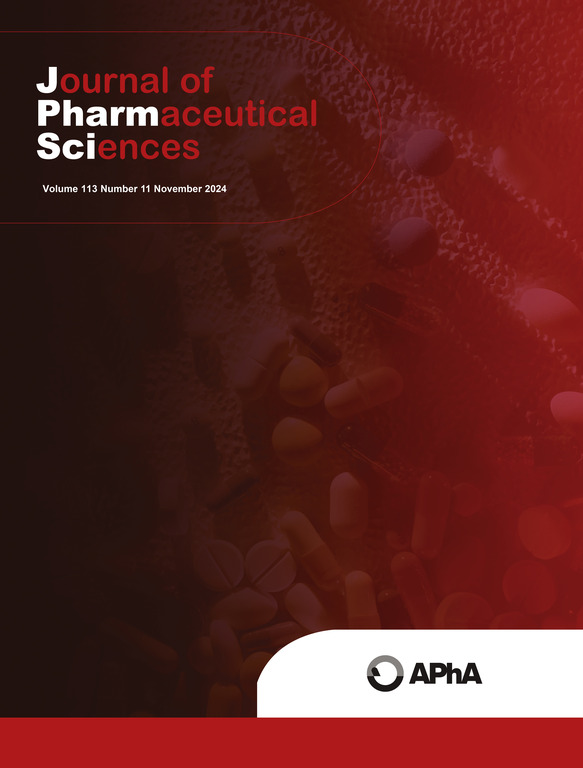Developing analytical ion exchange chromatography methods for antibody drug conjugates containing the hydrolysis-prone succinimide-thioether conjugation chemistry
IF 3.7
3区 医学
Q2 CHEMISTRY, MEDICINAL
引用次数: 0
Abstract
Charge variants are one of the most important quality attributes for protein therapeutics, including antibody drug conjugates (ADCs). ADCs are conjugation products between monoclonal antibodies (mAbs) and highly potent payloads. After attaching a payload, the charge profile of a mAb can be modified due to the change in net charge or surface charge. In this study, we present a unique challenge of charge assay development that arises from a desirable engineering of ADCs that incorporates the hydrolysis-prone succinimide-thioether conjugation chemistry. This engineered hydrolysis at conjugation sites is usually not complete during conjugation process and continuously progressing during mild stress. This hydrolysis also creates a carboxylic functional group, which manifests as acidic peaks in the ADC charge profiles. As a result, ion exchange chromatograms become sensitive measurements of this hydrolysis, which often masks the charge profile change due to other important post-translational modifications. In this study, two approaches were explored to address this unique challenge: to remove the hydrolysis heterogeneity by incubating ADCs under high pH conditions to drive complete hydrolysis; and to analyze charge variants at the subunit level after IdeS digestion. Acceptable charge profiles and quantitative integration results were successfully obtained by both approaches.
为含有易水解琥珀酰亚胺-硫醚共轭化学成分的抗体药物共轭物开发离子交换色谱分析方法。
电荷变异是蛋白质疗法(包括抗体药物共轭物 (ADC))最重要的质量属性之一。ADC 是单克隆抗体 (mAbs) 与高效有效载荷之间的共轭产物。在连接有效载荷后,由于净电荷或表面电荷的变化,mAb 的电荷分布会发生改变。在本研究中,我们提出了电荷检测开发中的一个独特挑战,该挑战源于结合了易水解琥珀酰亚胺-硫醚共轭化学的 ADC 的理想工程设计。共轭位点的这种工程水解通常在共轭过程中并不完全,在轻微应力作用下会持续进行。这种水解也会产生羧基官能团,在 ADC 电荷谱中表现为酸性峰。因此,离子交换色谱可灵敏地测量这种水解,而这种水解往往会掩盖其他重要的翻译后修饰引起的电荷谱变化。本研究探索了两种方法来应对这一独特的挑战:通过在高 pH 条件下培养 ADC 来驱动完全水解,从而消除水解异质性;以及在 IdeS 消化后分析亚基水平的电荷变异。这两种方法都成功地获得了可接受的电荷曲线和定量整合结果。
本文章由计算机程序翻译,如有差异,请以英文原文为准。
求助全文
约1分钟内获得全文
求助全文
来源期刊
CiteScore
7.30
自引率
13.20%
发文量
367
审稿时长
33 days
期刊介绍:
The Journal of Pharmaceutical Sciences will publish original research papers, original research notes, invited topical reviews (including Minireviews), and editorial commentary and news. The area of focus shall be concepts in basic pharmaceutical science and such topics as chemical processing of pharmaceuticals, including crystallization, lyophilization, chemical stability of drugs, pharmacokinetics, biopharmaceutics, pharmacodynamics, pro-drug developments, metabolic disposition of bioactive agents, dosage form design, protein-peptide chemistry and biotechnology specifically as these relate to pharmaceutical technology, and targeted drug delivery.

 求助内容:
求助内容: 应助结果提醒方式:
应助结果提醒方式:


